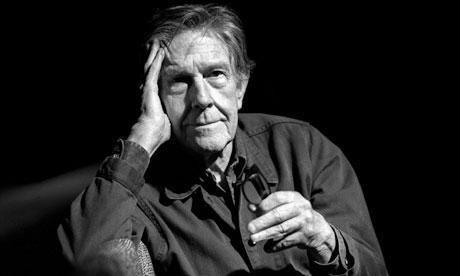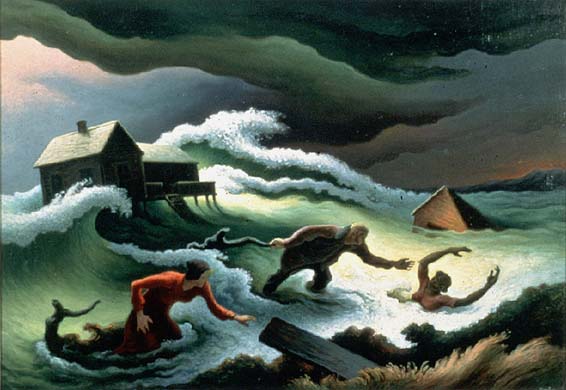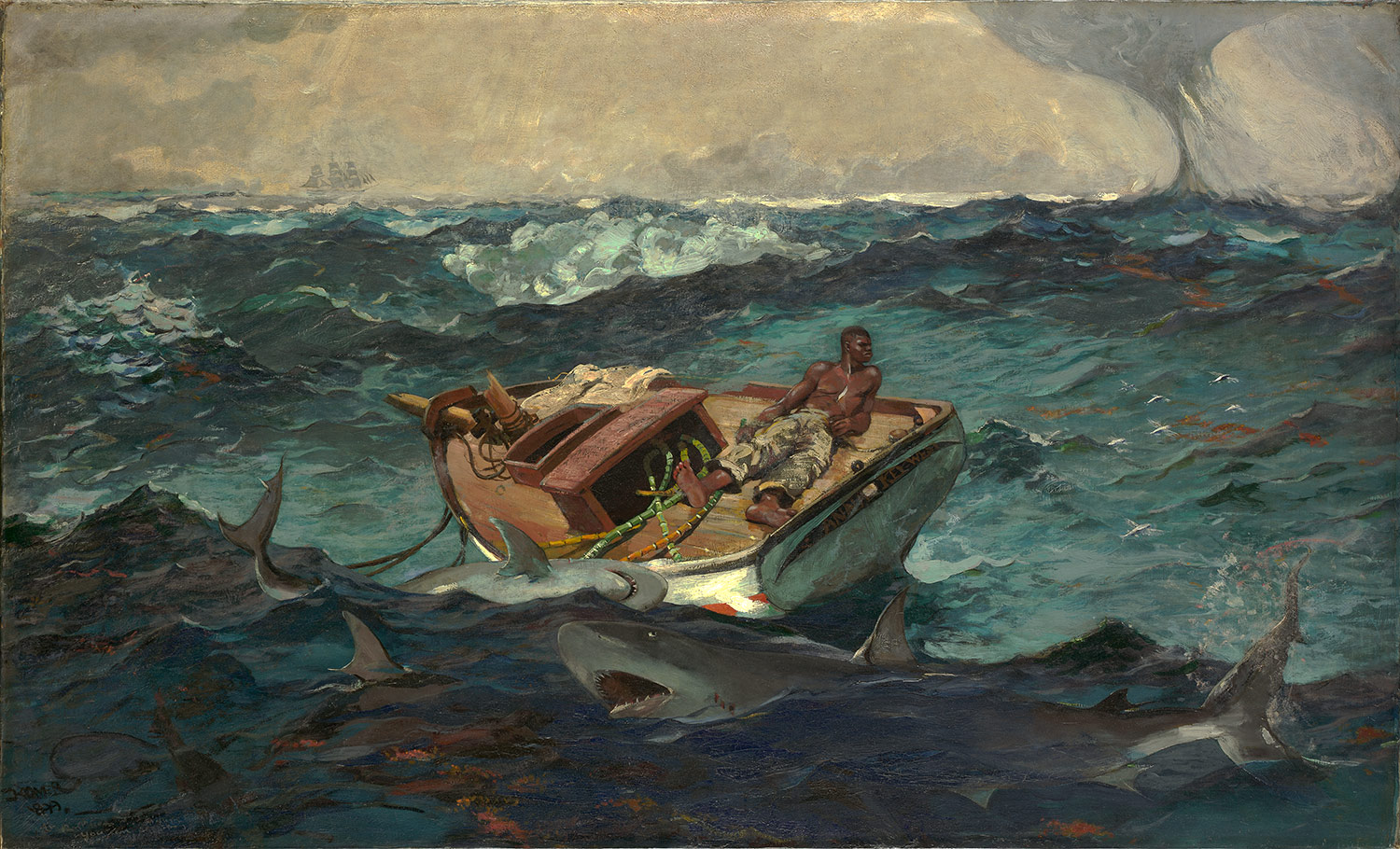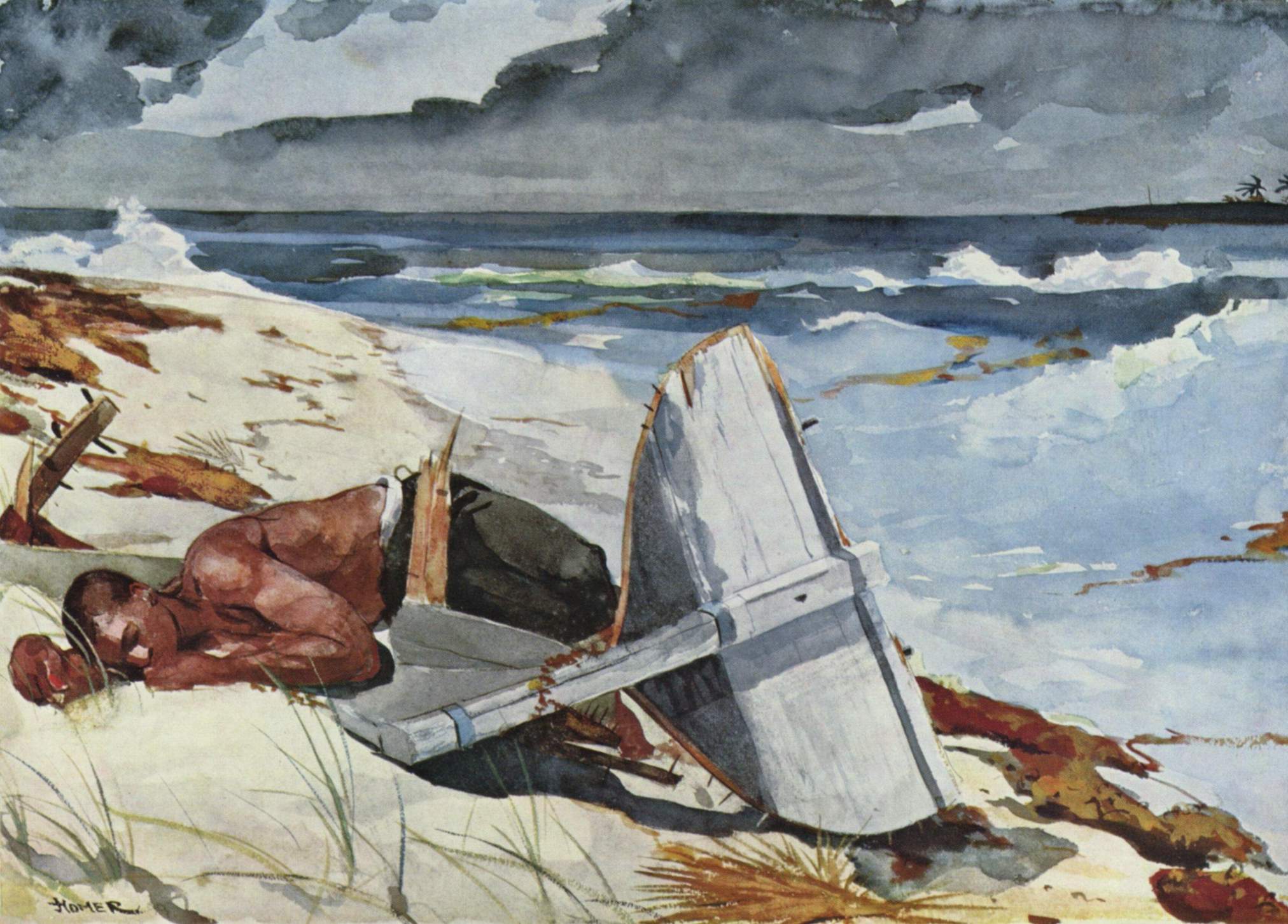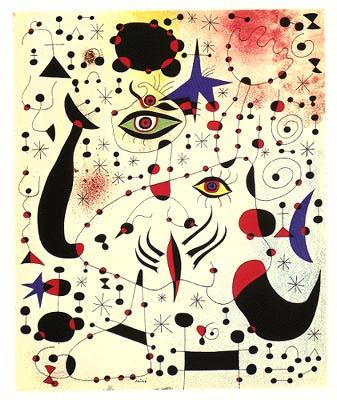WHO ARE THE MODERN MEDICI'S?
THEY ARE THE PHILANTHROPISTS OF TODAY:
Robert Rauschenberg Foundation
Robert Rauschenberg was a famous artist who was inclusive and expansive. He involved other cultures, he traveled the world co-ordinating art projects internationally. Here is the mission statement of his foundation that has helped and continues to help so many.
"Art Can Change the World" ― Robert Rauschenberg, 1982
The Robert Rauschenberg Foundation seeks to further the artist's philanthropic and educational initiatives, and aims to preserve and advance global understanding of the legacy of Robert Rauschenberg's life and artwork.
Robert Rauschenberg formed the Robert Rauschenberg Foundation in 1990 to promote awareness of the causes and groups close to his heart. Activities of the Foundation have included grant making, educational programs, prints and campaigns to benefit environmental and humanitarian initiatives. Today, the Robert Rauschenberg Foundation extends this scope with varied programs, including a new grant for artistic innovation and collaboration, and direct assistance for the advancement of art. The Foundation's Vision, Mission and Strategy are coordinated to promote the artist's values and to ensure that all endeavors express the essence of Robert Rauschenberg's philosophy: "Art Can Change the World."




















